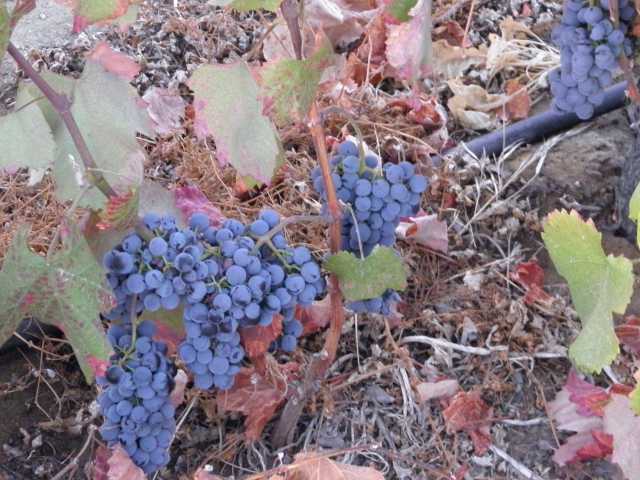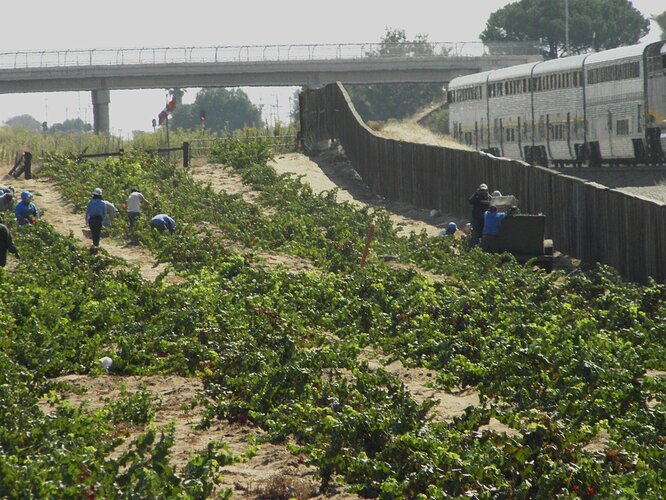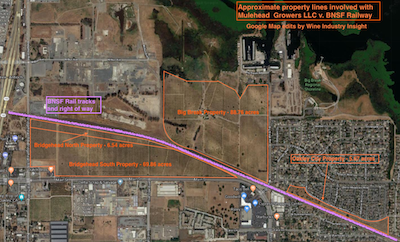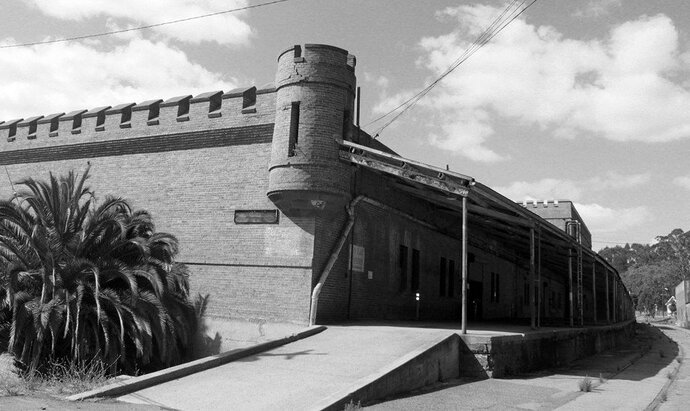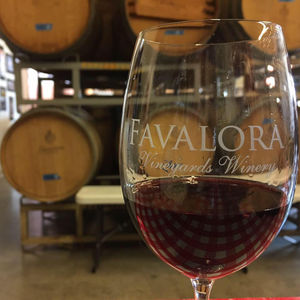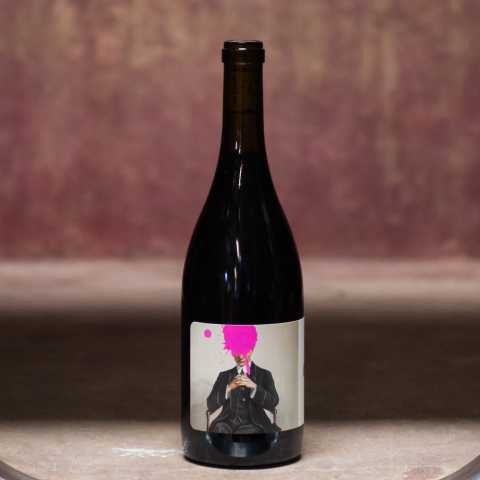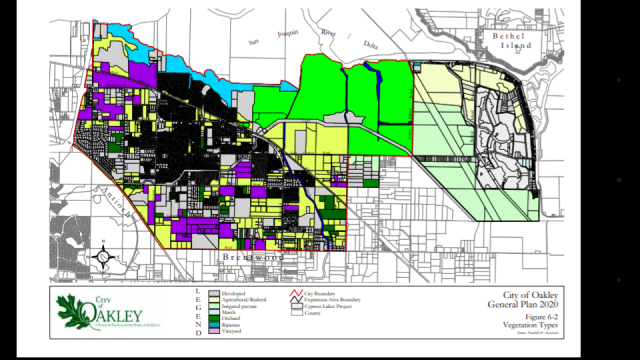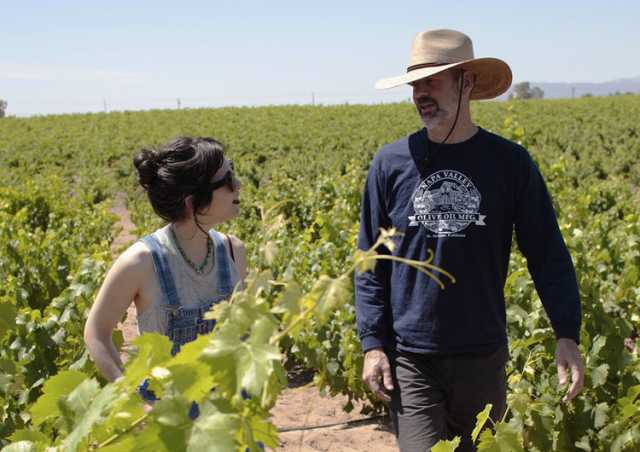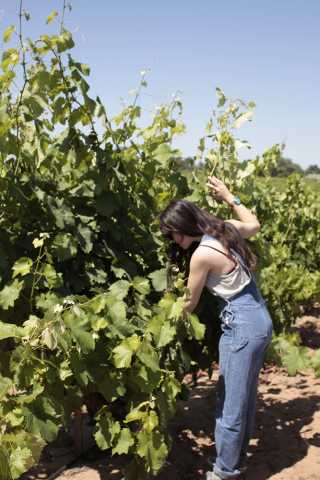The previous thread post discussed several measures taken by Oakley’s City Council to preserve old-growth vineyards.
Below is the City of Oakley Staff Report (05/13/2014), received from Kenneth L Strelo, relating the results of Agricultural Conservation and Viticulture Program, Phase 1.
"History of Phase 1:
"When the ACVP first kicked off, the intention was to take two areas of focus (viticulture in Oakley and agricultural conservation), and approach both on their own merit, but also see how the two could co-exist. The viticulture aspect was to be based more in the heritage, culture, and future branding of grapes in Oakley, while the agricultural conservation was to focus more on how to conserve, minimize impacts, or provide mitigation for the loss of protected agricultural land in Oakley. The initial mapping exercises proved to be much broader than initially envisioned, as did the vineyard parcel inventory, which spurred additional ideas for data collection and analysis.
"Through additional research and analysis of entitled/non-entitled land, existing General Plan land use designations, and Department of Conservation Farmland maps, it was found that the non-entitled land that would result in ‘significant impacts’ to loss of agricultural land if developed was spread throughout 48 separate parcels, 37 of which were each under 10 acres. Out of the remaining 11 parcels, three were over 20 acres, and only one was over 25 acres (88 acres, Cline vineyard off of Big Break Road). The likelihood of existing large, producing vineyards to cease production and request developments rights in the near future is unknown; but each project would undergo environmental analysis on its own accord. In addition to a lower need to establish immediate mitigation fees for undeveloped properties, the Walnut Meadows ancient vines relocation project produced a successful crop yield, which brought attention to Oakley’s vineyard relocation efforts and potential for success.
“Overall feedback and interest began to lean toward the viticulture aspect of the ACVP. Due to the tight budget for Phase 1, the Staff time, costs and potential legal fees of establishing a development impact fee (subject to the Mitigation Fee Act) associated with an ‘agricultural conservation program’ to charge for mitigation of those lands could be substantial. This insight, along with the desire to further promote Oakley’s history and future with vineyards, led to the direction of the ACVP to focus more time and research of Phase 1 on the ‘Viticulture’ aspect of the ACVP, and holding the ‘Agricultural Conservation’ aspect to a later date, or handling those potential impacts on a project by project basis.”
"Summary of Vineyard Parcel Inventory:
“The mapping and research portion of Phase 1 not only resulted in valuable information that can be sorted in a spreadsheet table, but also offers a bird’s eye view of existing conditions in Oakley. That aerial view enables ANRT to clump together certain areas and find corridors and clusters for areas of concentration. Below is a summary of the overall numbers, as well as three potential vineyard cluster areas.”
"Basis information:
• Vineyard parcels: 89 parcels with 723 acres and 54 Landowners
• Parcels > 10 acres: 44 parcels with 538 acres and 13 Landowners
• Entitled Parcels: 11 parcels with 193 acres and 6 Landowners
• Parcels < 10 acres: 45 parcels with 185 acres and 41 Landowners
• Entitled Parcels: 1 parcel with 1 acres and 1 Landowner "
"General Areas for Concentration - Vineyard ‘Clusters’:
• O’Hara Cluster: 14 parcels with 82 acres and 9 Landowners
• Rose Cluster: 6 parcels with 49 acres and 5 Landowners
• Neroly Cluster: 15 parcels with 141 acres and 7 Landowners "
The “O’Hara Cluster” is at least partially owned by the Lucchesi family which, currently, is opposing the proposed easement policy recommended in Phase 2. An earlier article on Phase 1 indicated that Mr Tom Del Barba was uneasy about participating in the project (see a post further down for the source article).
"Topic Points: While the City Council may address any portion of the existing ACVP or other topics not covered in this report, Staff has provided a few ideas and recommendations to promote discussion and deliberation, where applicable:
• Discuss potential funding source for future phases, if the Council chooses to continue with the program.
• Discuss the three potential ‘Vineyard Clusters’ for voluntary vineyard preservation."
"Recommendation: Due to the potential for future job growth, Staff recommends the potential ‘Neroly Vineyard Cluster’ area, located in the Light Industrial zoning district, north of Oakley Road, not be considered as part of a future phase.
• Discuss a more focused direction for the program.
“Assuming the City Council wants to continue with the ACVP, subject to available funding, Staff recommends the program be amended to focus on the viticulture aspect and not spend resources on researching a mitigation fee for agricultural conservation as related to the California Environmental Quality Act impacts to farmland. There has been discussion at the County level of a potential county-wide mitigation fee, which would benefit all cities and the County in regards to the Mitigation Fee Act. ANRT will touch on this topic as part of their presentation.”
“Recommendation: Staff recommends the City Council accept the deliverables from Phase 1 of the ACVP and direct Staff on whether to pursue Phase 2, subject to available funding.”
I believe the above-mentioned “Walnut Meadows” vineyard refers to the site depicted in the previous thread post’s video, wherein ancient Alicante Bouschet vines were uprooted, transported to a new site, and replanted.
Under the care of Alan Lucchesi (Brownstone Growers), the vines continue to bear fruit, though yields are not as heavy as they were in the year of the transplantation. According to a 2011 article: “Council members recently agreed to use a 5.7-acre parcel on Walnut Meadows Drive near the Vintage Parkway subdivision to preserve these vines.”
“Agricultural Conservation and Viticulture Program (ACVP) – Consideration of Phase 1 Deliverables and Future Phase 2”
Ken Strelo, Senior Planner & Joe Ciolek, Agricultural Natural Resources Trust
https://www.ci.oakley.ca.us/may-13th-2014/text5-2-agricultureal-conservation/
